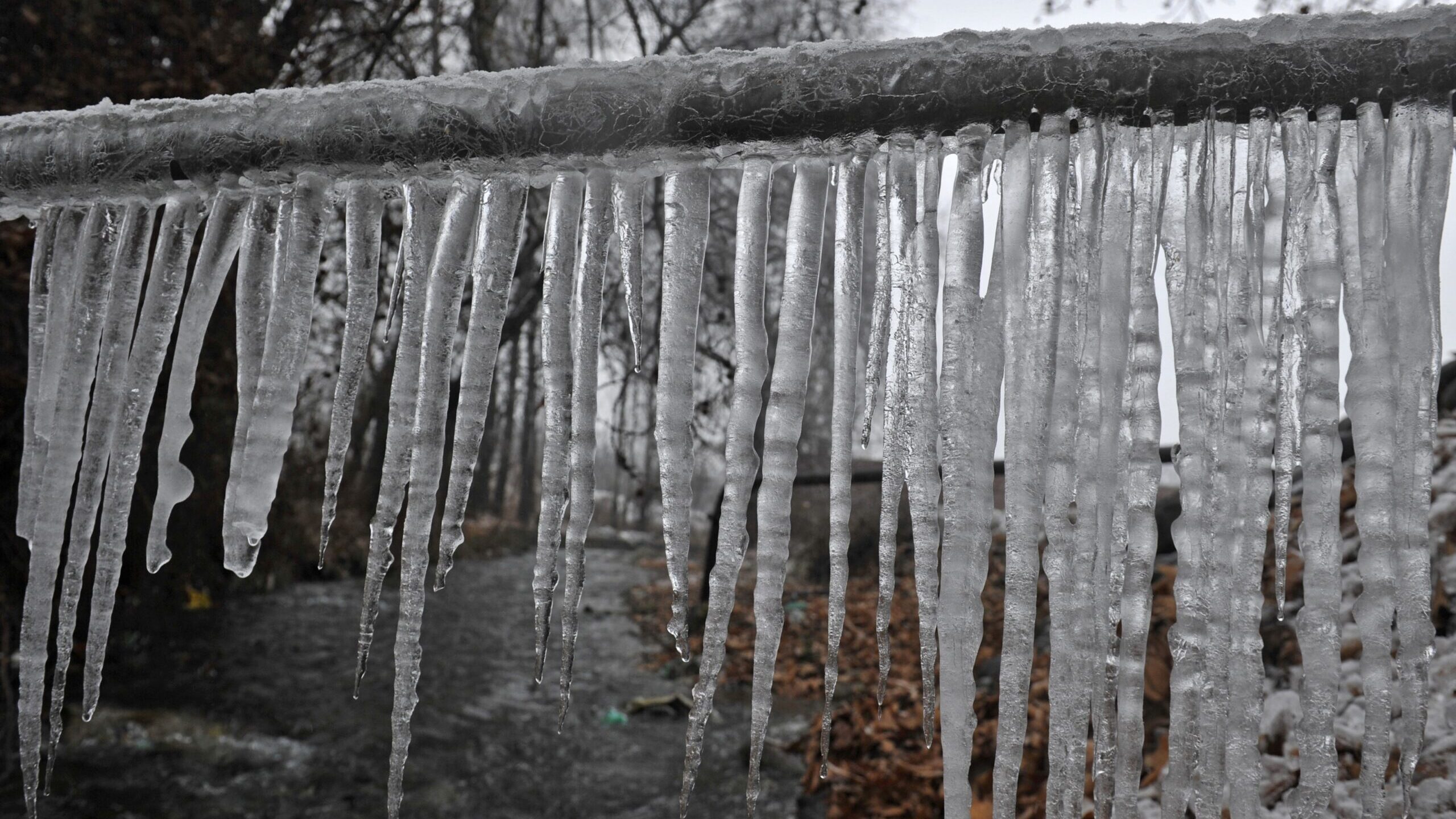Critical Approaches for Avoiding Frozen Pipes in Cold Weather
Critical Approaches for Avoiding Frozen Pipes in Cold Weather
Blog Article
Everyone maintains their own unique rationale about Preventing and dealing with frozen pipes.

Winter can ruin your pipes, especially by freezing pipes. Here's just how to stop it from occurring and what to do if it does.
Introduction
As temperatures decline, the danger of frozen pipelines boosts, potentially leading to pricey repair services and water damage. Recognizing exactly how to stop icy pipes is vital for property owners in cold environments.
Understanding Icy Pipelines
What triggers pipelines to freeze?
Pipelines ice up when revealed to temperatures listed below 32 ° F (0 ° C) for prolonged periods. As water inside the pipes ices up, it increases, taxing the pipe wall surfaces and possibly creating them to break.
Risks and problems
Frozen pipelines can result in water disruptions, residential property damages, and expensive repairs. Burst pipes can flood homes and cause comprehensive structural damage.
Indications of Frozen Pipeline
Determining frozen pipes early can prevent them from bursting.
Just how to recognize icy pipes
Search for decreased water circulation from taps, uncommon smells or noises from pipes, and visible frost on exposed pipelines.
Prevention Tips
Insulating at risk pipes
Cover pipelines in insulation sleeves or use warmth tape to safeguard them from freezing temperature levels. Concentrate on pipes in unheated or outside areas of the home.
Home heating methods
Keep indoor spaces adequately heated up, especially locations with plumbing. Open up cabinet doors to enable warm air to distribute around pipelines under sinks.
Safeguarding Exterior Plumbing
Yard hoses and outside taps
Disconnect and drain pipes garden hoses prior to wintertime. Install frost-proof spigots or cover outdoor taps with shielded caps.
What to Do If Your Pipelines Freeze
Immediate activities to take
If you suspect icy pipelines, keep faucets open to relieve stress as the ice thaws. Use a hairdryer or towels taken in warm water to thaw pipelines gradually.
Long-Term Solutions
Architectural modifications
Think about rerouting pipes away from outside walls or unheated areas. Include additional insulation to attics, cellars, and crawl spaces.
Updating insulation
Invest in top quality insulation for pipelines, attics, and walls. Correct insulation helps keep constant temperature levels and minimizes the risk of icy pipes.
Final thought
Preventing icy pipelines requires aggressive measures and fast feedbacks. By comprehending the reasons, indicators, and preventive measures, house owners can protect their plumbing throughout winter.
6 Proven Ways to Prevent Frozen Pipes and Protect Your Home
Disconnect and Drain Garden Hoses
Before winter arrives, start by disconnecting your garden hoses and draining any remaining water. Close the shut-off valves that supply outdoor hose bibs and leave the outdoor faucet open to allow any residual water to drain. For extra protection, consider using faucet covers throughout the colder months. It’s also important to drain water from any sprinkler supply lines following the manufacturer’s directions.
Insulate Exposed Pipes
Insulating your pipes is an effective way to prevent freezing. Pipe insulation is readily available at home improvement stores and is relatively inexpensive. Pay close attention to pipes in unheated areas such as the attic, basement, crawl spaces, or garage. Apply foam insulation generously to create a buffer against the cold. You can also wrap your pipes in heat tape or thermostat-controlled heat cables for added warmth.
Seal Air Leaks
Inspect your home for any cracks or openings that could let in cold air. Seal any holes around the piping in interior or exterior walls, as well as the sill plates where your home rests on its foundation. Additionally, make sure to keep your garage door closed unless you’re entering or exiting. Leaving it open creates a significant air leak that can lead to frozen pipes.
Allow Warm Air Circulation
During cold snaps, it’s essential to allow warm air to circulate evenly throughout your home. Leave interior doors ajar to promote better airflow. Open kitchen and bathroom cabinets to help distribute heat consistently around the rooms. If you have small children or pets, be sure to remove any household chemicals or potentially harmful cleaners from open cabinets for safety.
Let Faucets Drip
A small trickle of water can make a big difference in preventing ice formation inside your pipes. When temperatures drop significantly, start a drip of water from all faucets served by exposed pipes. This continuous flow helps prevent the water from freezing. Additionally, running a few faucets slightly can relieve pressure inside the pipes, reducing the chances of a rupture if the water inside does freeze.
https://choateshvac.com/6-proven-ways-to-prevent-frozen-pipes-and-protect-your-home/

Do you really like reading up on How to prepare your home plumbing for winter weather? Leave a comment down below. We will be glad to hear your opinion about this article. We hope that you come back again in the future. Enjoyed our posting? Please share it. Let other people discover it. Many thanks for your time. Return soon.
Customer Reviews Report this page